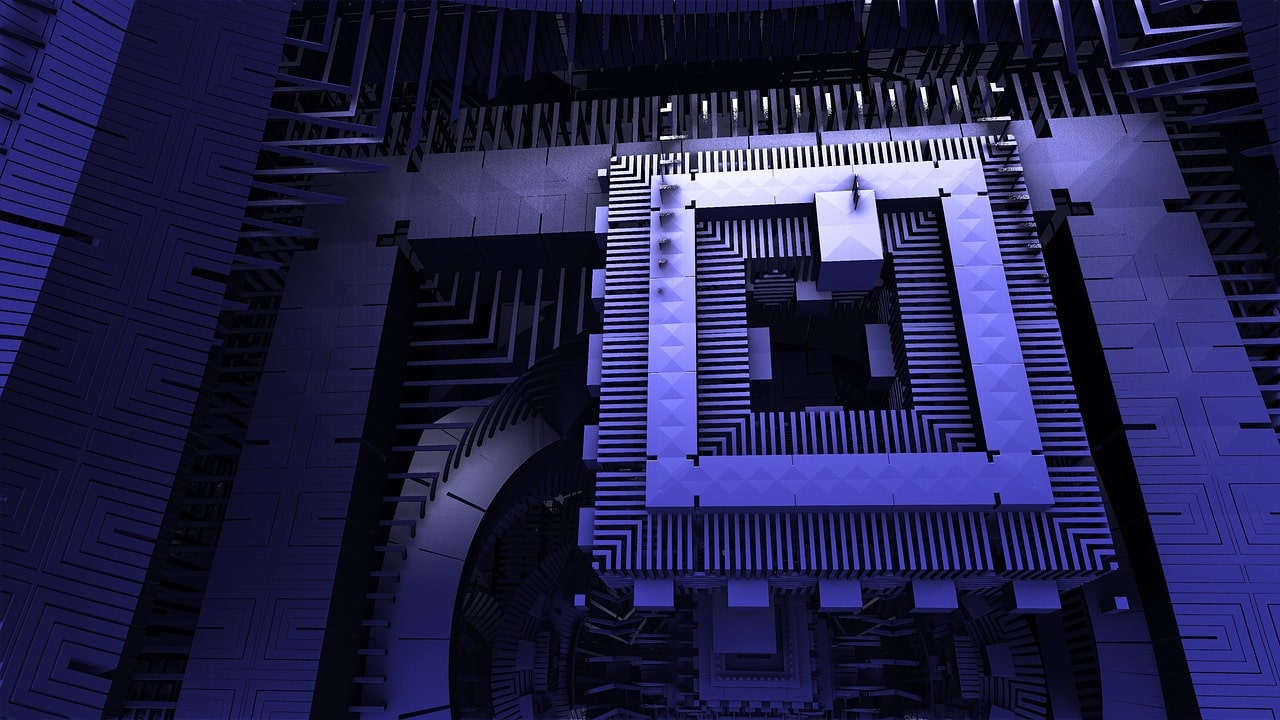
A fast-developing technology called quantum computing uses the principles of quantum mechanics to resolve issues that are too complicated for classical computers.
A technology that scientists had only just begun to envision thirty years ago is now made accessible to hundreds of thousands of developers because of IBM Quantum. Our engineers constantly improve more powerful superconducting quantum processors, software application advances, and quantum-classical orchestration technologies. This effort is advancing quantum computing’s revolutionary speed and capability.
Read: What is Data Scraping? How Does Work it
Read: Differences Between Artificial Intelligence (AI) and Machine Learning (ML)
Compared to the conventional computers that have been around for more than 50 years, these electronics are very different. This is an introduction to this revolutionary technology.
What is the Benefit of Quantum Computing?
No quantum computer can now do a useful task more quickly, inexpensively, or effectively than a classical computer. The term “quantum advantage” describes the development of a quantum computing system that can perform work that a highly advanced classical computer cannot imitate quickly enough.
What Exactly is a Qubit?
Quantum particles serve as the representation for quantum bits, or qubits. The core of a quantum computer’s processing power is qubit manipulation by control devices. The analog of a bit in a classical computer is a qubit in a quantum computer. A classical computer’s processor functions entirely by manipulating bits. Similarly to this, the quantum processor processes qubits to complete all of its tasks.
Why are Quantum Computers Necessary?
Supercomputers aren’t always the best solution for every situation. When faced with difficult jobs, scientists and engineers turn to supercomputers for assistance. These are massive classical machines that frequently have thousands of CPU and GPU cores. Yet, some problems are challenging to solve even with supercomputers.
When a supercomputer struggles, it is often because the large classical machine was given a challenging problem to answer. The failure of classical computers is generally traced to complexity.
Complex problems are those that involve numerous factors that interact in intricate ways. Because there are so many different electrons interacting with one another, modeling the actions of various atoms within a molecule is a challenging task. Finding the ideal path for just a few hundred tankers in a huge transportation network is challenging.
Why do Quantum Computers Run Faster?
Let’s examine an illustration that explains how quantum computers can accomplish what classical computers can’t:
- A supercomputer may excel at difficult tasks like scanning through a vast selection of protein sequences. Nevertheless, it will find it difficult to spot the minute patterns in the data that govern how those proteins act.
- Long strings of amino acids called proteins fold into intricate forms to form vital biological machinery. The biology and medical fields stand to benefit significantly from solving the challenge of protein folding.
- A traditional supercomputer would use brute force to attempt protein folding, using its numerous processors to examine every potential configuration of the chemical chain before concluding.
- Nevertheless, as the protein sequences grow and become more complex, the supercomputer stops working. A chain of 100 amino acids might theoretically fold in one of the countless trillions of distinct ways. No computer has enough working capacity to store all the different ways that individual folds could be combined.
- Quantum algorithms construct multidimensional spaces where the connections between the numerous data points start to take shape to solve these kinds of challenging problems. The pattern might be the combination of folds that requires the least amount of energy to create in the case of a protein folding issue. The problem’s solution is the arrangement of folds.
- It is because classical computers cannot build these computational spaces, they are unable to detect these patterns. Protein folding patterns can now be discovered in a brand-new, more efficient way without such time-consuming verification procedures required by classical computers thanks to the development of early quantum algorithms. These algorithms may be able to solve protein folding problems that are beyond difficult for any supercomputer when quantum hardware scales and develops.
How Complexity Stumps Supercomputers?
Long chains of amino acids called proteins fold into intricate forms to form vital biological machinery. Understanding protein folding is a challenge with significant biological and medical ramifications.
With the help of its numerous processors, a classical supercomputer might use brute force to try to fold a protein. This method would involve checking every potential arrangement of the chemical chain before coming up with a solution. Nevertheless, the supercomputer stalls as the protein sequences grow longer and more complex.
Complexity is What Quantum Computers are made for.
By constructing multidimensional spaces where the connections connecting individual data points emerge, quantum algorithms adopt a fresh approach to these kinds of complicated issues. Classical computers are unable to construct these computational environments, hence they are unable to detect these patterns.
Already there are early quantum algorithms that can uncover protein folding patterns in whole new, more effective methods without the time-consuming testing processes of classical computers. They may be able to solve protein folding issues that are too difficult for any supercomputer when quantum hardware scales and these algorithms develop.
How are Quantum Computers Operated?
Quantum computers are much more simple and more energy-efficient than supercomputers. A laptop’s wafer is quite bigger than an IBM Quantum processor. A quantum hardware system, which is roughly the size of a vehicle and consists primarily of cooling devices to maintain the superconducting processor at its extremely low operational temperature, is also of this size.
Bits are used by a classical processor to carry out its functions. Qubits (CUE-bits) are used by a quantum computer to execute multidimensional quantum algorithms.
1- Superfluids
For it to be cool enough to operate, your desktop computer probably uses a fan. We need to keep our quantum processors at very low temperatures—just one-hundredth of a degree above absolute zero. We produce superconductors using super-cooled superfluids to accomplish this.
2- Superconductors
Some components in our processors demonstrate another crucial quantum mechanical property at those extremely low temperatures: electrons pass through them with no resistance. They are “superconductors” as a result.
“Cooper pairs” are formed when electrons move through superconductors. Using a process known as quantum tunneling, these pairs can carry a charge beyond insulators or barriers. A Josephson junction is created when two superconductors are positioned on either side of an insulator.
3- Control
Josephson junctions serve as superconducting qubits in our quantum computers. We can regulate the behavior of these qubits and make their store, modify, and read out individual quantum bits of information by directing microwave photons at them.
4- Superposition
A qubit isn’t particularly useful by itself. It can, however, pull off a crucial ruse by putting the quantum data it contains into a state of superposition that combines all qubit configurations that might be feasible. The superposition of qubit groups can produce intricate, multidimensional computational landscapes. In these environments, complex issues can be modeled in novel ways.
5- Entanglement
The behavior of two distinct items can be correlated through the quantum mechanical phenomenon known as entanglement. Changes to one qubit directly affect the other when two qubits are entangled. Quantum algorithms make use of these connections to solve challenging issues.
Conclusion
To answer complicated problems more quickly than on conventional computers, quantum computing is a multidisciplinary field that combines elements of computer science, physics, and mathematics. Hardware and software development are both included in the realm of quantum computing.








